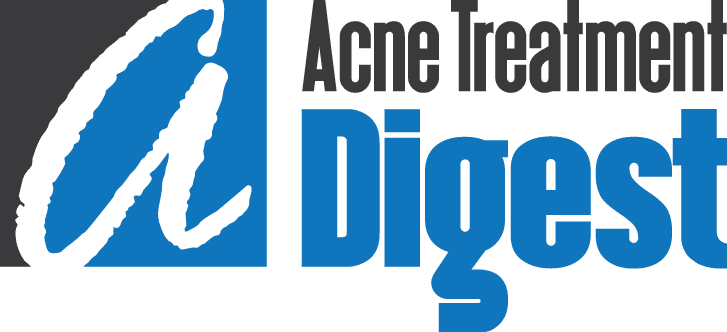Tretinoin is also known as Retinoic acid which is a derivative of Vitamin-A. Retinoic acid increases the rate of skin cell division. This action generates more new skin cells and the old skin cells are pushed out of the surface of the skin. The overall effect is the mild peeling of the skin that unplugs trapped sebum and dead skin cells on the pore.
Mild skin peeling prevents the formation of whiteheads and blackheads. Since the old skin cells are removed by peeling, what remains on the face are younger skin cells. This makes the surface of the skin appear smoother and finer.
Retinoic acid is also effective in reducing wrinkles and faces. Retinoic acid acne treatment may take at least 2 months or 6 months of continued use before you notice any significant improvement in the condition of your acne
Do not use Retinoic without consulting your doctor if you are pregnant or could become pregnant during acne treatment. This acne medication is not intended to be used on children.
Precautions and Side Effects
Retinoic acids suppress the production of melanin, which protects us from the harmful effects of ultraviolet radiation coming from the sun. When the surface of the skin has reduced amounts of melanin, it can become easily irritated by the light coming from the sun. If you want to use retinoic as an acne treatment product, make sure that you apply a sunblock cream that has a rating of at least SPF 15. During the first 2 weeks of use, your skin may experience redness, dryness, acne breakouts, and flaking of the skin. These conditions are expected as your skin adjusts to this acne medicine. The side-effects of retinoic acid acne treatment will subside after a few months. You can use a moisturizer to reduce skin flaking and dryness.
Effectiveness
The addition of clindamycin to tretinoin, as in CTG, enhances the comedolytic efficacy of tretinoin in moderate to severe acne of the face, maintaining at the same time its anti-inflammatory efficacy thus accelerating resolution of all types of acne lesions without affecting the safety of response to both components.
(Source: Richter JR, Förström LR, Kiistala UO, Jung EG., Yamanouchi Europe B.V., Medical Department Europe, Leiderdorp, The Netherlands. J Eur Acad Dermatol Venereol. 1998 Nov;11(3):227-33.
Both TGM (Tretinoin Gel Microspheres) 0.04% and TGM 0.1% were associated with reductions in lesion counts in these patients with mild to moderate facial acne. Both concentrations were generally well tolerated. The results suggested an early (week 2) incremental benefit for the use of TGM 0.1% in the treatment of inflammatory lesions.
(Source: Berger R, Rizer R, Barba A, Wilson D, Stewart D, Grossman R, Nighland M, Weiss J., Clin Ther. 2007 Jun;29(6):1086-97)
Tretinoin is available as topical serum, gel and cream at 0.01%, 0.025%, 0.05% concentration. The latest version uses “microspheres” as a carrier; this is a sustained release version of the original topical retinoic acid cream. Tretinoin microspheres deliver retinoic acid in small quantities over a longer period instead of delivering the full dose in one instance. This makes tretinoin microspheres the least irritating form of retinoic acid.
Product Information:
(Brand Names: Altinac™; Avita®; RENOVA®; Retin-A™; )
(Tretinoin Microspheres Brand Names: Stieva-A, Retin-A® Micro) Highly Recommended
Reviews and Comments:
“Initially, I used the topical hydro-alcoholic solution form of Tretinoin which would turn my skin red and flaky. It made my skin also feel itchy sometimes and a bit sore. I have a great experience when I switched to Tretinoin microspheres because the flaking was very mild and my skin doesn’t turn red and sore.”




